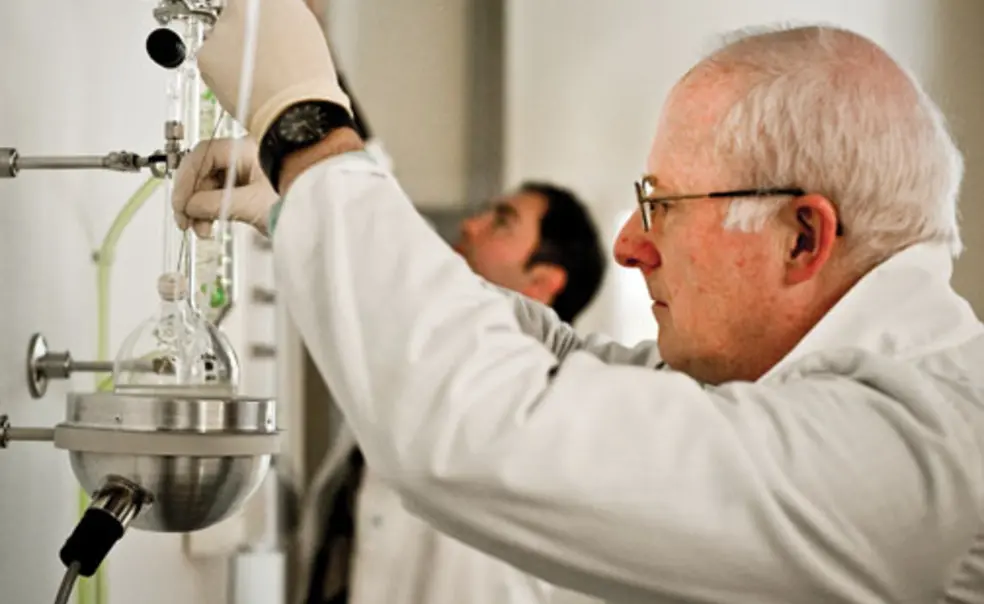Alumni Profile: Robert Root-Bernstein '75 *80, a researcher of the arts-sciences connection
Robert Root-Bernstein ’75 *80 surveys scientists and engineers about their artistic activities.
Résumé: Physiology professor at Michigan State University who conducts biological research on human autoimmune diseases and cellular regulation systems. MacArthur “genius grant” winner in 1981. Majored in biochemistry and earned a doctorate in the history of science.
EXPLORING A SUPPOSED DIVIDE While Robert Root-Bernstein ’75 *80 was earning his Ph.D., he came across a number of very successful scientists who bridged the supposed arts-science divide by achieving scientific discoveries while creating art — such as the first winner of the Nobel Prize in chemistry, who was a semiprofessional flutist and wrote poetry. Eventually, Root-Bernstein began studying the connections between scientific innovation and arts-and-crafts avocation (from painting and writing poetry to music and woodworking). His 1981 MacArthur fellowship allowed him to pursue the research initially: “This was not an acceptable field when I started.”
SCIENTISTS’ CREATIVE SIDE Through surveying and interviewing scientists and reading autobiographies, he has found that the more arts activities scientists are involved in over a long period of time, the more successful they are in terms of papers published, awards, and inventions. Root-Bernstein’s latest research involves engineers, and he’s finding the same holds true for them. Part of the reason for the link between science and technology and arts experience, he says, has to do with the similarity of creative thinking and problem-solving skills involved in those fields. One scientist Root-Bernstein interviewed installed an art studio next to his lab. When the scientist runs into trouble with a scientific problem, he heads to the studio to paint and gain inspiration.
IMPLICATIONS FOR EDUCATION/TRAINING Given the high correlation he’s found between being inventive and having extensive arts experiences, the arts should be a bigger component of science and technology education and training, says Root-Bernstein, who also is a visual artist. However, in many states, he says, students can graduate from high school having taken just one art class. Studies have shown, he notes, that the best predictor of success in science and engineering is not IQ or test scores, but visual-thinking skills — which are developed by activities such as painting and drawing.












No responses yet